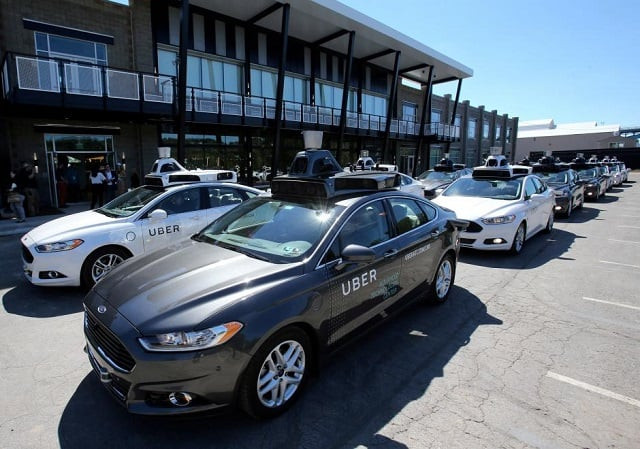UK self-driving car plan threatens safety
Insurance group says current technology may not be able to see debris, avoid pedestrians

British government plans that could allow self-driving cars on motorways as soon as 2021 would put lives at risk because the available automated technology falls well short of human driving capabilities, UK insurance group Thatcham Research said.
“We don’t believe that this technology adequately addresses what consumers will do and how they’ll use it,” said Thatcham’s Research Director Matthew Avery.
The UK government is due to close consultation on October 27 that could lead to some form of automated driving on British motorways. That could include the use of Automated Lane Keeping Systems (ALKS) that would allow drivers to take their hands off the wheel and let the vehicle drive itself.
German manufacturers like Daimler AG and US electric carmaker Tesla Inc have been at the forefront of developing sophisticated automated driving features that they insist can be used safely.
But Thatcham Research, which is funded by insurers but operates independently, said current technology may not be able to see debris on the road, avoid pedestrians or recognise when a motorway lane is closed.
“There are liability and legal challenges with ALKS as well as safety challenges about your vehicle not being able to do what an engaged human driver can do,” Avery said. “The technology just isn’t there yet, regardless of what the manufacturers say.”
US researchers have raised similar concerns.
The problem for the insurance industry is that if a driver is not in charge of a vehicle, they would be classed as a passenger, which would create additional liability for insurers and could lead to higher premiums.
Avery said that within around five years self-driving systems will be able to handle motorway driving, but calling today’s systems automated is misleading for drivers as it should be “assisted driving”. He referred to accidents drivers have had using Tesla’s “Autopilot” system.
“We’ve seen people doing stupid stuff with Teslas, getting in the back of the car when they feel it’s automated when it’s clearly not,” Avery said.
Separately, the US auto safety regulator said last week it was closely watching Tesla Inc’s release of a software version intended to allow its cars to drive themselves, saying it stood ready to protect the public against safety risks.
Tesla on Tuesday night last week released a beta, or test version, of what it calls a “Full Self Driving” software upgrade to an undisclosed number of “expert, careful” drivers. The release prompted online posts by excited recipients who shared video snippets of their car driving apparently autonomously on city streets at night.
During a Tesla earnings call on Wednesday, Chief Executive Elon Musk said the latest upgrade was planned to be widely released by the end of this year, with the system becoming more robust as it collected more data.
“NHTSA has been briefed on Tesla’s new feature, which represents an expansion of its existing driver assistance system. The agency will monitor the new technology closely and will not hesitate to take action to protect (the) public against unreasonable risks to safety,” the National Highway Traffic Safety Administration said in a statement.
Published in The Express Tribune, October 26th, 2020.
Like Business on Facebook, follow @TribuneBiz on Twitter to stay informed and join in the conversation.



















COMMENTS
Comments are moderated and generally will be posted if they are on-topic and not abusive.
For more information, please see our Comments FAQ